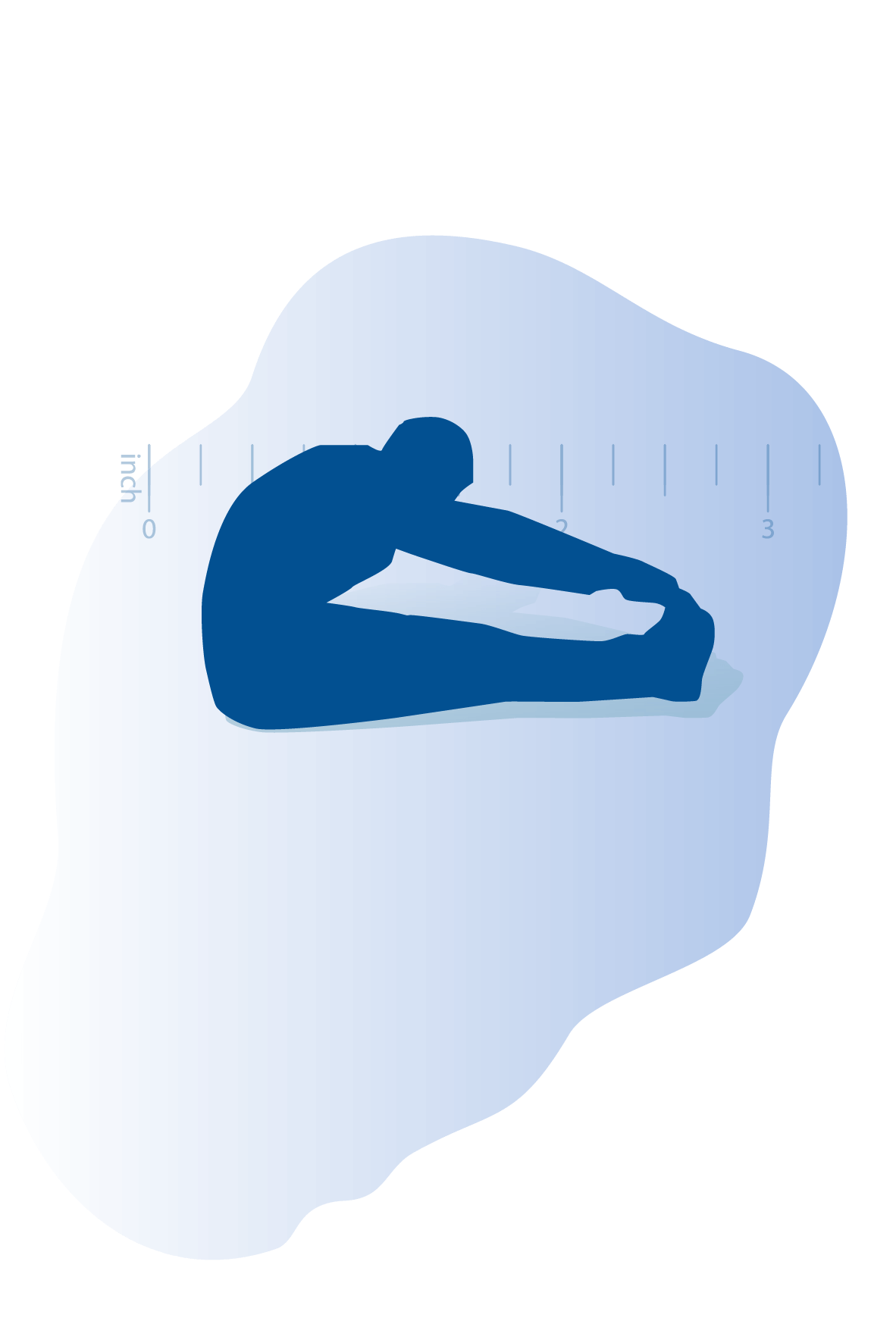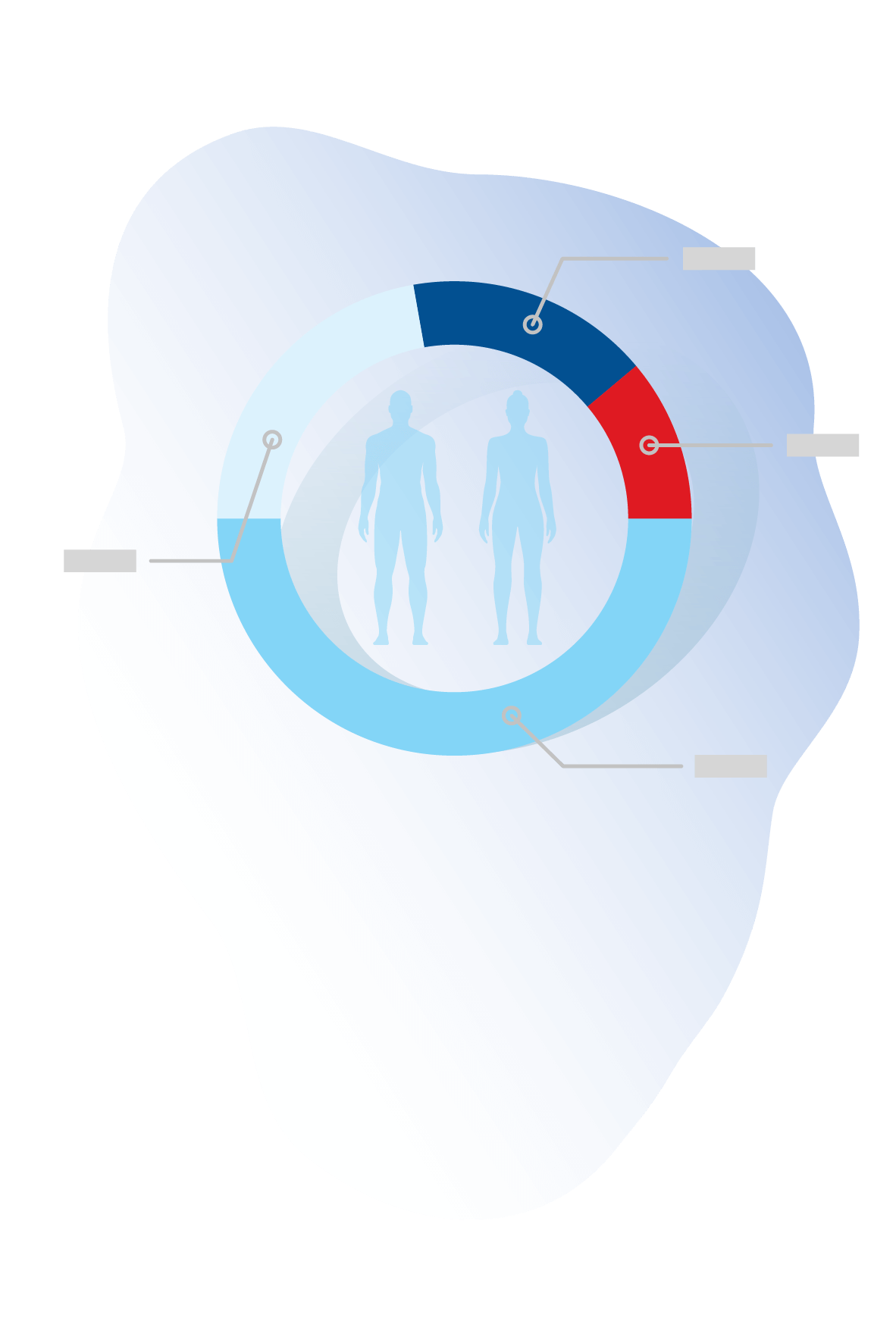Fitness Assessments
The fitness assessment evaluations offer an employee the opportunity to evaluate their current level of fitness based on three components: strength, flexibility, and cardiovascular endurance. Integrated Health 21 offers onsite options for obtaining results for employees. Fitness scores are provided and supportive educational materials are included. Individual tests may be selected, but the complete fitness profile is recommended for a thorough evaluation.
Fitness Assessment Components

A common test to evaluate low back and hamstring flexibility. Because tightness and the low back and hamstrings is often related to muscle pain and stiffness, this test may help in determining a person’s risk for future pain and injury. It is useful to assessing general flexibility level.

This test measures muscular strength via grip strength using a hand held dynamometer. It is a simple test requiring no preparation. Due to a strong correlation between grip strength and overall strength, this test is often used to establish a baseline strength level.

The test measures aerobic (cardiovascular) fitness and is based on the recovery heart rate after exercising for 3 minutes and provides an indication of overall cardiovascular health. Participants complete a questionnaire prior to the test to rule out any contraindications to testing.

The body composition describes the different components (muscles, bone, and fat) that make up a person’s total body weight. A handheld bioelectrical device is used to estimate the participant’s body composition and total percent of body fat.

The complete profile is an overall evaluation of employee fitness. This is a valuable assessment for those who may be beginning an exercise regimen or to assess the efficacy of an ongoing exercise program. Complete fitness testing includes:
- Sit and Reach Test
- Grip Strength Test
- 3 – Minute Step Test
- Body fat composition
- Blood pressure and pulse
- Brief consultation of results and educational materials on fitness and health

